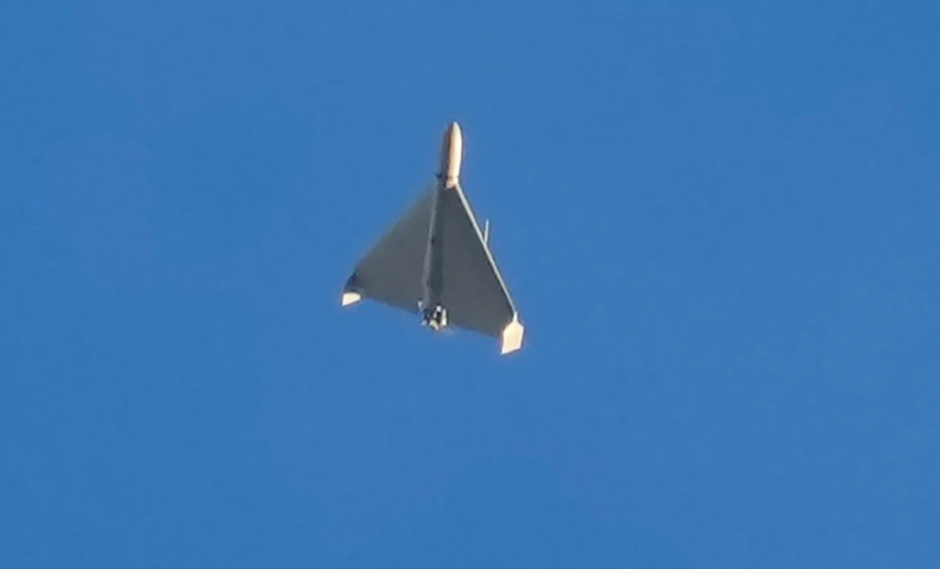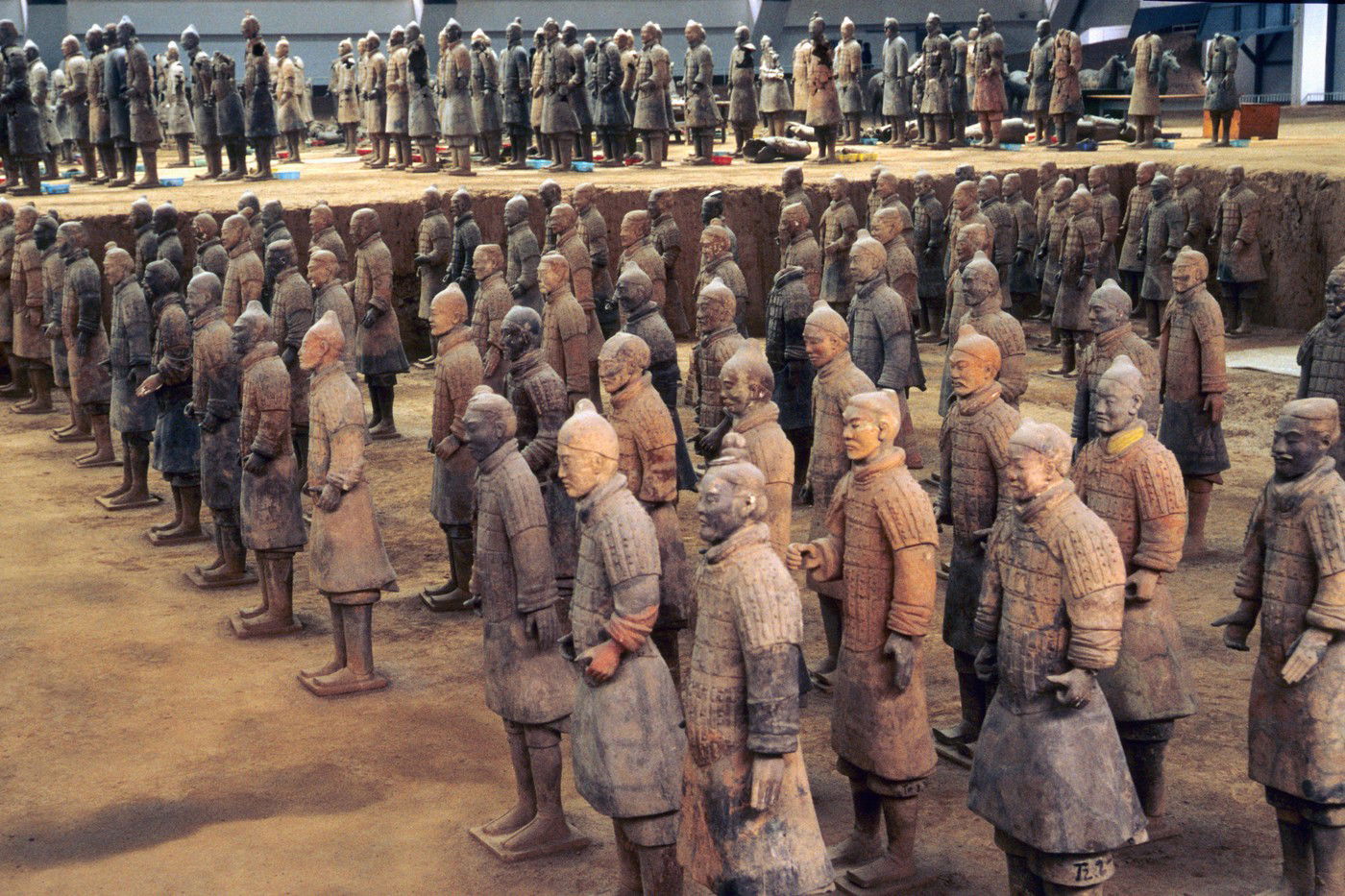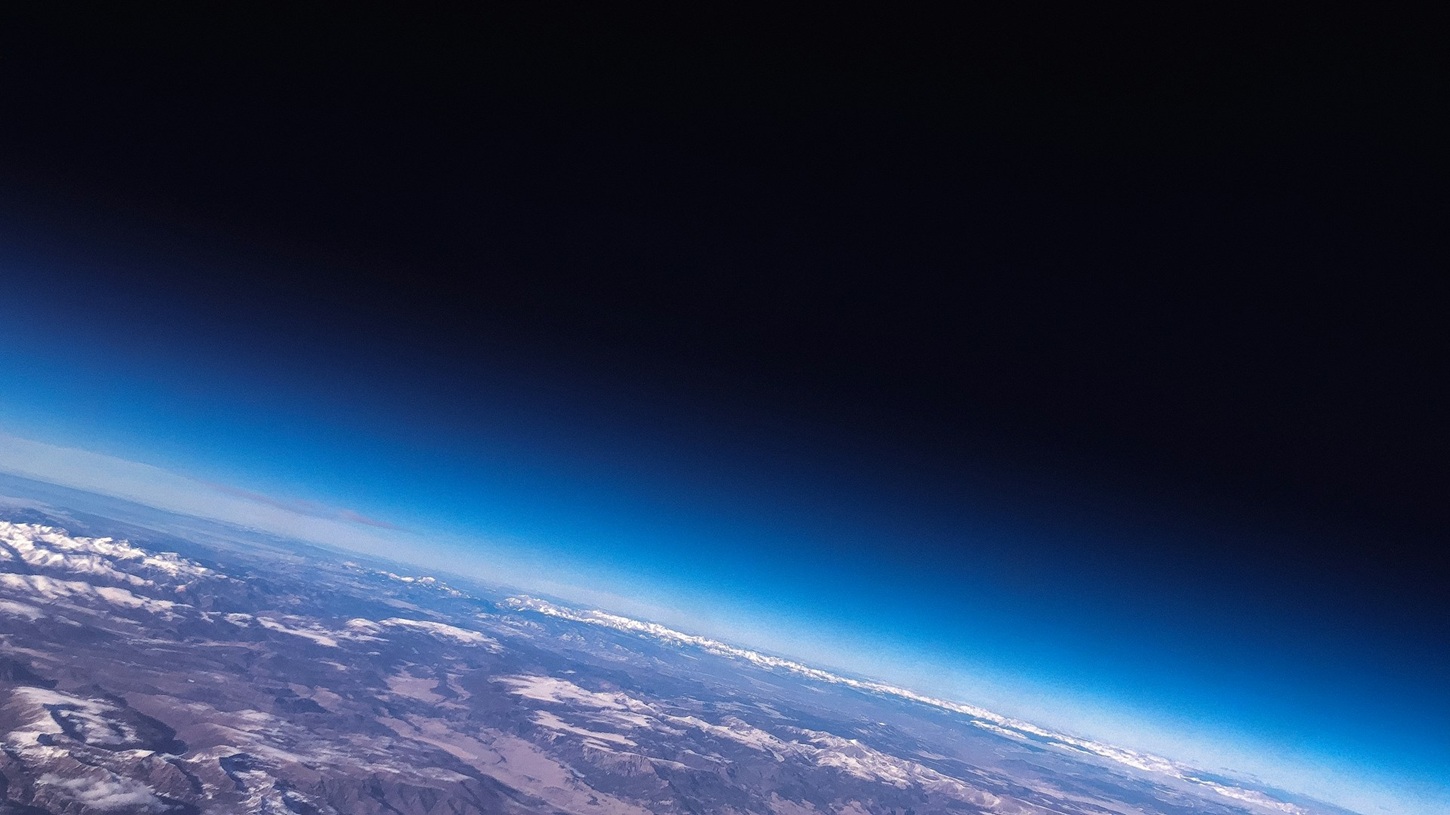The exoplanet WASP-17b is one of these planets Hot Jupiter A type of celestial body, that is, a gas giant that orbits very close to its star and therefore has a very hot atmosphere. With the help of JWST’s MIRI instrument, it was possible to detect quartz nanocrystals in the clouds of the planet’s upper atmosphere. This is the first time that silicon dioxide has been found in the atmosphere of a planet, and this was only possible thanks to this spacecraft. NASA Jet Propulsion Laboratory.
“We already knew from Hubble observations that there are aerosols in the atmosphere of WASP-17b — microscopic particles that form clouds or a hazy mist — but we didn’t expect them to be made of quartz,” said lead researcher David Grant.
Most rocky planets and moons are made of silicate rocks (which contain silicon and oxygen), and they can be very common throughout the galaxy. However, the atmospheric silicates detected so far in the case of exoplanets and brown dwarfs are not composed of pure quartz, but of magnesium-rich silicate minerals such as olivine or pyroxene. This latest discovery brings about a shift in our knowledge of the composition of exoplanetary atmospheres and clouds.
This is how the quartz in the planet’s atmosphere blocks light from its star. The measurements were made at 28 wavelengths by the James Webb Space Telescope, and these data were supplemented by Hubble and Spitzer measurements. According to experts, the signal that appears at a wavelength of 8.6 microns is due to quartz crystals. The purple line is a graph of a typical spectrum based on measurements, and the yellow part shows what it should be like if there were no quartz in the atmosphere.
Source: NASA, ESA, CSA, and R. Crawford (STScI). Science: Nicole Lewis (Cornell University), David Grant (University of Bristol), Hannah Wakeford (University of Bristol) from the Space Telescope Science Institute.
The researchers believe that the newly identified grains could be considered precursors of crystals found in the atmospheres of other celestial bodies.
WASP-17b is seven times the size of Jupiter, but its mass is barely half its size, making it one of the largest and most bloated exoplanets known. This, combined with its orbital period of only 3.7 Earth days, made it an ideal target for transmission spectroscopy. This means it is possible to measure how the planet’s atmosphere filters and scatters the light from its star as it passes in front of it.
The James Webb Space Telescope spent more than 10 hours measuring the light of the planet and its star. By subtracting the same wavelength components of light leaking through a planet’s atmosphere from the individual wavelength components of starlight, it became clear what starlight the atmosphere blocks and filters out. At the 8.6 µm wavelength point, a spike is observed, which in this case can clearly be attributed to quartz.
The researchers believe that the air quartz crystals may look just like the pointed hexagonal cluster crystals known from mineral deposits, but they could be as small as 10 nanometers (one billionth of a meter). In order to determine the size of the particles, the researchers also had to use Hubble data. Without Hubble’s measurements in the visible and near-infrared, they couldn’t calculate the size.
However, the crystals do not originate from the planet’s surface, as similar grains can also enter Earth’s atmosphere, if they are picked up by winds from the surface. They form in the atmosphere of planet WASP-17b, which is very hot, with a temperature of about 1,500 degrees Celsius. The air pressure where the crystals form is barely a thousandth of the air pressure at the Earth’s surface, and under such conditions crystals can form directly from gas, bypassing the liquid state.
The quartz crystals are regular hexagonal clumps, which can look similar even in miniature, according to the researchers.
Source: Pixabay
WASP-17b has a closed orbit (always facing its star on the same side), with a very hot day side and a very cold night side – and quartz clouds can be seen at the border between day and night. According to the researchers, quartz cloud crystals can easily travel around the planet’s atmosphere, forming on the night side and evaporating on the day side. The planet’s extremely fast winds of up to 1,600 kilometers per hour are able to blow away these clouds of crystals.
The observations may have been made as part of a project in which the James Webb Space Telescope examines one example in more detail of each of the different types of exoplanet: hot Jupiter, warm Neptune, and temperate rocky planet.













































